Tough-1 Hoof Saver Horse Boot – 111628099
Looking for good and durable boots for your horse? We’ve got you covered. Eliminate wrapping and promote healing with the Tough-1 66-9932-4-103 Hoof Saver Boot.
Looking for good and durable boots for your horse? We’ve got you covered. Eliminate wrapping and promote healing with the Tough-1 66-9932-4-103 Hoof Saver Boot. This sturdy hoof saver boot holds medication and conditions the foot. Our durable boot is triple layered to provide the ultimate protection.
- High-quality boot holds medication and conditions the foot
- Tough Hoof Saver Boot is triple layered to provide the ultimate protection
- Sold individually
Additional information
| Closure Type | Buckle |
|---|---|
| Manufacturer Part Number | 66-9933-4-104 |

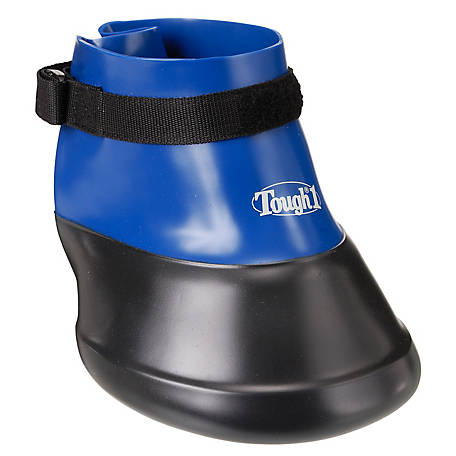
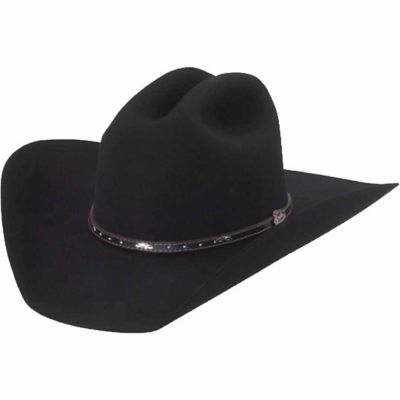
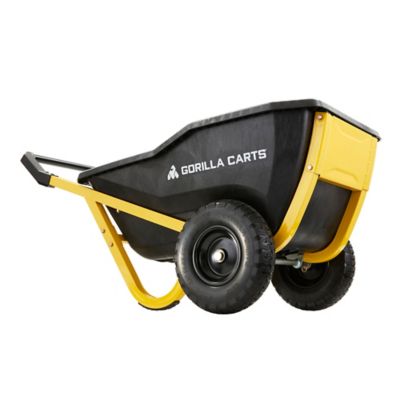
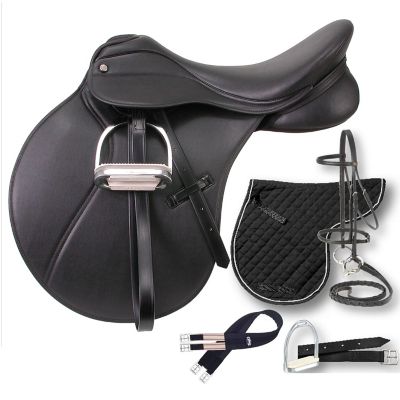
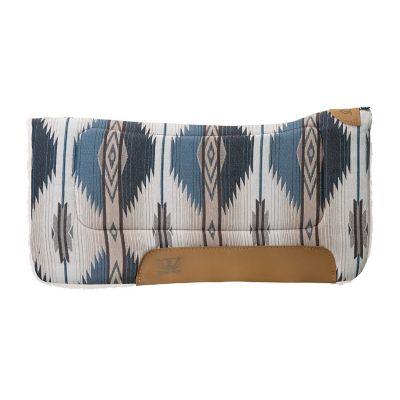
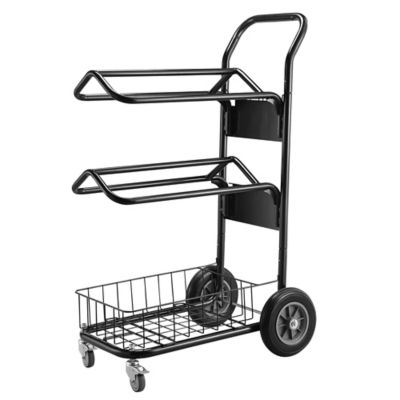
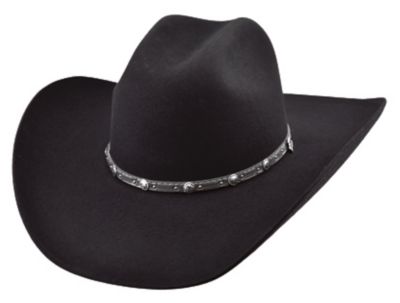
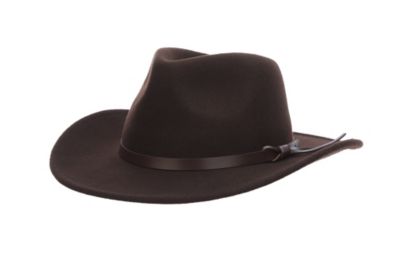
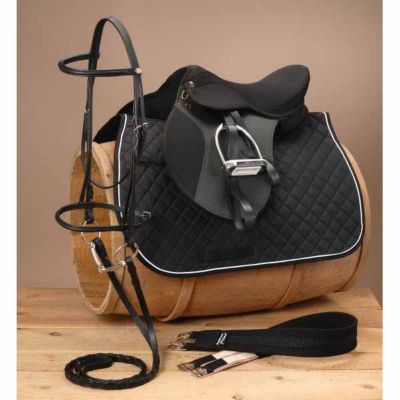
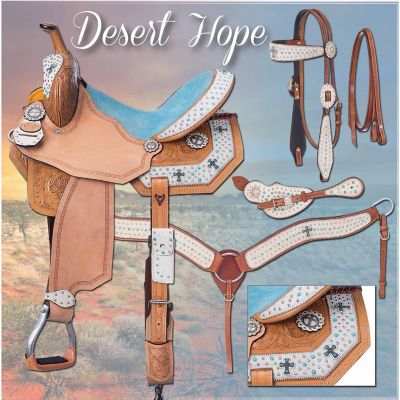
by Ride
These are very good and almost half the price of others. Would definitely recommend buying.
by James
Durable, easy to use soaking boot. Has saved me hours of time because I don’t have to babysit or work with the horse to keep their foot in a pan. Just pick up and clean foot, slide into boot and allow horse to put the foot down. Then tighten strap and pour in whatever solution you are using. Boot stays on even if horse moves around some while tied. If solution sloshes out, just add more.
by Steve
Good boot for medical and protective uses. Inexpensive.
by David
They are great boots. I wrapped my horse’s Pastern with vet wrap to keep the boot from rubbing when tightened. The strap that tightened the boot was a bit long so I wrapped it to keep it from dragging in the dirt. I was able to get the boots on and off easily. They held the hoof medication for an abscess on one rear hoof, and also for a bad thrush case on the opposite hoof, so both problems resolved quickly. They clean up easily and you can put a little mouth wash in them with water to freshen them up if they are smelly.